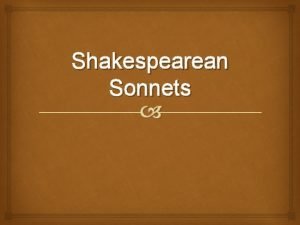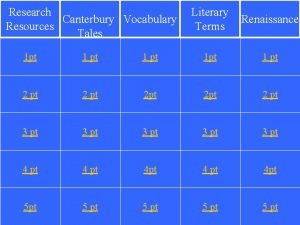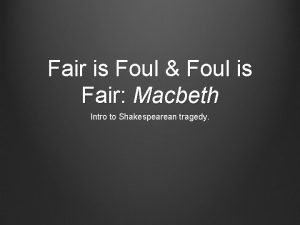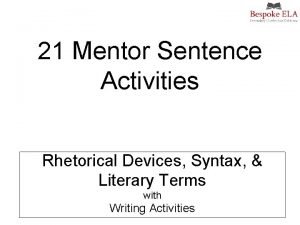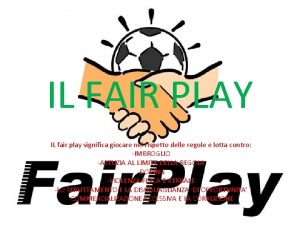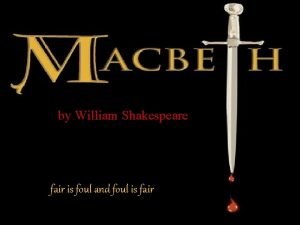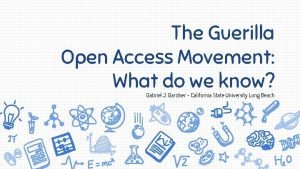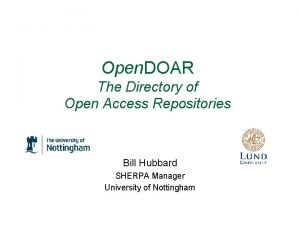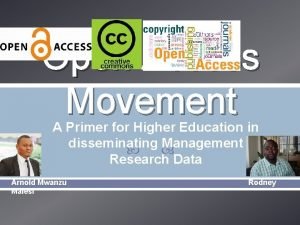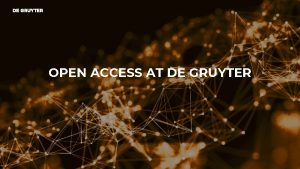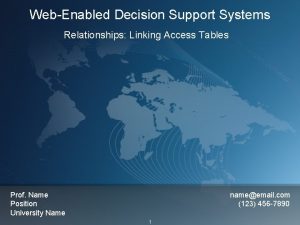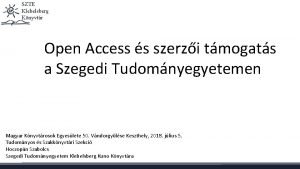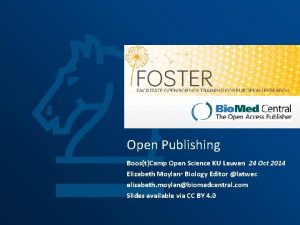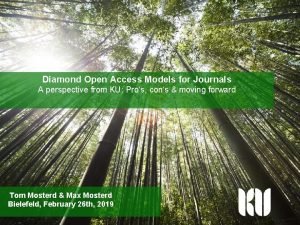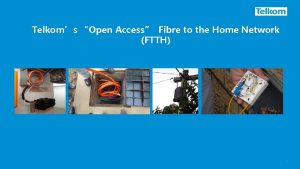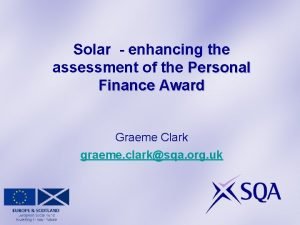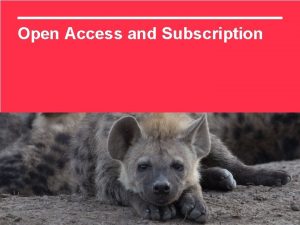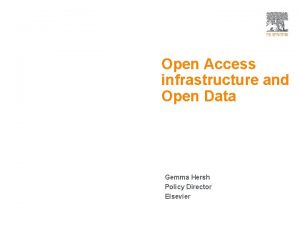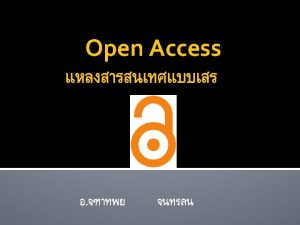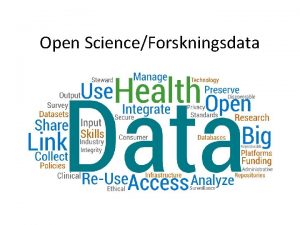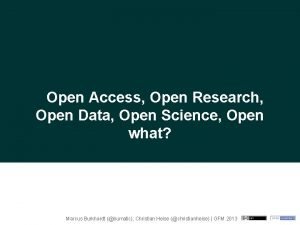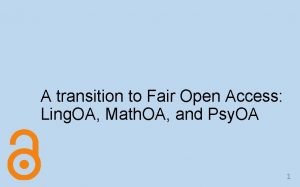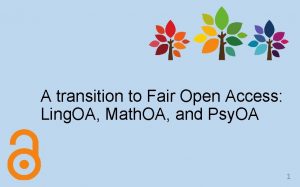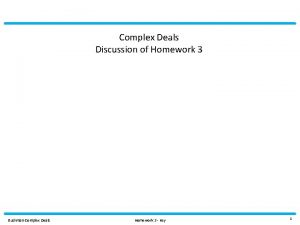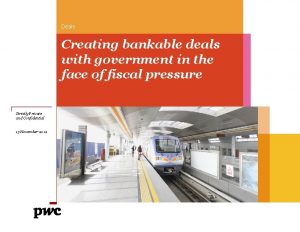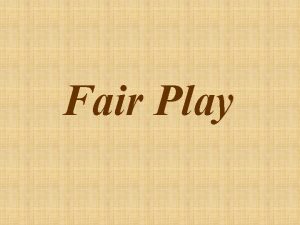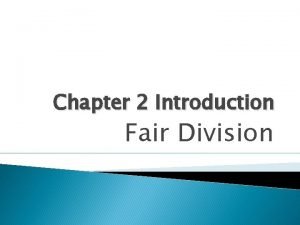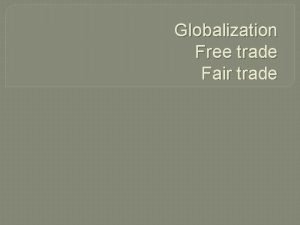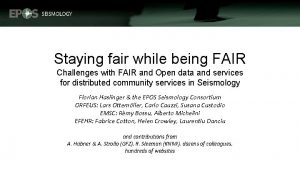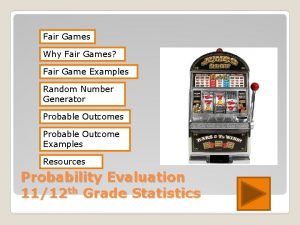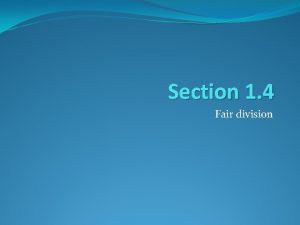A Transition to Fair Open Access Offsetting Deals





















- Slides: 21

A Transition to Fair Open Access Offsetting Deals in the Netherlands and A Demonstrated Model for Fair Open Access with the Open Library of Humanities ELPUB 2017 Limasol, June 6 – 8, 2017 Saskia C. J. de Vries 1

A transition to Fair Open Access 1. Open Access Offsetting Deals 2. Comparing publishing models 3. Linguistics in Open Access and the Open Library of Humanities 4. General features of the flipping model 5. Extending the model to other disciplines 6. Conclusions 2

Open Access Offsetting Deals Report by Open. AIRE on behalf of the European Commission, ‘Towards a Competitive and Sustainable OA Market in Europe’: Four paths for open access to scientific research: 1. Green open-access archiving: usually an author's accepted manuscript, sometimes with an embargo, within an institutional or subject repository 2. Hybrid gold open access: peer-reviewed articles inside subscription/toll-access journals are made immediately open access, by the publisher, often upon payment of an APC. This can be achieved either directly or through an offsetting arrangement (a kind of “big deal” for open access) 3. Gold open access via APCs: fully open-access journals that require a payment from an author, institution, or funder 4. Gold open access without APCs: fully open-access journals that require no payment and have alternative business models in place (sometimes also called: “platinum OA”). 3

Open Access Offsetting Deals Report by Open. AIRE on behalf of the European Commission, ‘Towards a Competitive and Sustainable OA Market in Europe’: Four different types of OA offsetting arrangements that have been put into place: 1. A local reduction from a subscriber's fees of the total amount of all APC revenue from the previous year 2. A cap, whereby subscriptions are maintained, but subscribing organizations pay no extra to have all their own outputs made openly available 3. An APC discount, sometimes of up to 95% of the standard APC, for authors at subscribing institutions 4. A voucher system equivalent to a subscription spend to be used on APCs. 4

Open Access Offsetting Deals September 2015, request to the VSNU (Dutch Association of Universities) to collate data on the costs incurred per-university, per-publisher using the Government Information (Public Access) Act: • asked for “provision of a copy of the open access licenses purchased by your institution in the past year from various publishers such as Elsevier, Springer, Wiley, Taylor & Francis, ACS, Sage. Karger, Thieme, Walter de Gruyter, RSC, Emerald any comparable licenses • with the essential understanding that the institution shall pay a previouslyestablished fee to the publisher, in exchange for which the publisher will publish accepted academic articles by authors affiliated with your institution open access in licensed journals”. • this request revealed a large variance in spending, with the largest share going to Wiley at € 3, 818, 000, with Taylor and Francis a close second at € 2, 318, 584. ‘Public Access Request’, VSNU, 2016 <http: //www. vsnu. nl/en_GB/public-access-request> [accessed 10 April 2017]. 5

Recent offsetting deals in the Netherlands 6

Open Access Offsetting Deals the deal struck in more recent days between Elsevier and Dutch Universities. • Hindered by severe restrictions only Dutch corresponding authors from the combined institutions are eligible to publish in a very select set of journals in the Elsevier collection: 10% 2017, 20% 2018, 30% 2019 • Simultaneously Elsevier raises its collective fees in 2017 and 2018, with 2. 5% and 2. 0% respectively from the level of € 11, 697, 147. 68 in 2016. • One of the primary concerns about such setups is that they also perpetuate lock-in. That is, because the libraries have already agreed to pay this group of publishers, it becomes difficult for new actors to mount any substantial market challenge. 7

Fair Open Access Model * A bottom-up business model for the transition to Fair Open Access that involves editors of existing journals and libraries in the process * A strong incentive for commercial publishers to accept terms that are more favorable for academia in the ongoing negotiations for OA offsetting big deals 8

Fair Open Access | Comparing publishing models 9

Fair Open Access | Comparing publishing models 10

Fair Open Access | Ling. OA The conditions of Fair Open Access Publishers are asked to comply with the following: 1. The title of the journal is owned by the editorial board or by a learned society. 2. Authors retain copyright and a CC-BY license applies. 3. Authors do not pay for APCs are paid by funding agencies and library consortia such as the Open Library of Humanities (OLH) 4. All articles are published in Full Open Access (no subscriptions, no ‘double dipping’) 5. Article processing charges (APCs) are low (< 1000 euros), transparent, and in proportion to the work of the publisher. 11

Fair Open Access | Ling. OA Proof of concept: flipping reputed journals in linguistics to Fair Open Access: 12

Fair Open Access | Ling. OA Flipping reputed journals in linguistics to Open Access: Glossa 2016: 319 articles submitted, 51 published, 54 in production… 13

Fair Open Access | Ling. OA Flipping the journals proceeds in two stages: 1. The transition (3 years) ✻ The editorial board asks the publisher to comply with the conditions of Fair Open Access. ✻ If the publisher refuses to comply, the entire editorial board leaves the journals to set up a new journal with a publisher who does. ✻ APCs are paid for by a 3 -year fund. For Ling. OA, the fund is financed by the Netherlands Organization for Scientific Research NWO and the Association of Dutch Universities (VSNU). Radboud University Library provides a journal manager for the 4 journals. 2. The final stage (after 3 years) ✻ Journals have re-established their Impact Factor and indices ✻ APCs are paid by the consortium of libraries participating in the Open Library of Humanities (OLH) ensuring long-term sustainability 14

Fair Open Access | The Open Library of Humanities ✻ A non-profit, academic-led open access publisher for the humanities and social sciences ✻ Promotes flipping existing subscription journals to Open Access ✻ A library consortium model: - Participating libraries pay an annual membership fee (€ 500 - € 1500) that pays for all APCs of OLH-associated journals - Libraries vote on which journals to admit to OLH - Over 220 libraries participate, including Harvard, Princeton, Yale, Carnegie Mellon, UCL, Cambridge, UCL etc ✻ Subscribes to Fair Open Access principles and is willing to work with any publishers who also do so. ✻ Provides a long-term sustainable solution for flipping existing journals from subscription to Fair Open Access, enabling libraries to redirect funds from subscriptions to APCs. 15

Fair Open Access | General features of the flipping model 1. Discipline-based ✻ Within each academic discipline, a foundation is set up that helps flipping established subscription journals to Fair Open Access ✻ Existing networks within the discipline are exploited to influence editors to flip their journal to FOA. 2. No author-facing Article Processing Charges (APCs) ✻ The foundation pays for APCs during the transition period ✻ it also covers legal advice costs associated with flipping the journals 3. Long-term sustainability ✻ After the transition period, journals join a worldwide library consortium such as the one provided by the Open Library of Humanities. ✻ The worldwide library consortium durably pays for APCs. ✻ Library funds are redirected from subscriptions to APCs. 16

Cost comparison 1 journal with 100 articles subscribed to by 400 libraries Subscription fee € 2000 per year Article processing charge € 1000 per article Subscription model Fair OA Current model Transition period 3 yr Operational stage Subscription fee € 2000/year Article processing charge € 1000/art x 400 subscriptions x 100 articles OLH & management fee k€ 28 Costs per year Total € 800. 000 € 128. 000 € 100. 000 Per library € 2000 € 320 € 250 Per article € 8000 € 1280 € 1000 17

Fair Open Access | Extending the model Human. OA 1. Flipping existing ‘national’ journals to Fair Open Access: Netherlands, Sweden, Switserland 2. This requires transition funds from university consortia and funding agencies 3. The OLH library consortium model must be expanded in order to be able to cover more journals after the transition period 4. Discipline. OAs must form an alliance 18

Fair Open Access | Extending the model 1. Two additional disciplines In each discipline, 3 reputed journals are ready to flip 2. This requires transition funds from university consortia and funding agencies 3. The OLH library consortium model must be expanded beyond the humanities 4. Discipline. OAs must form an alliance 19

Fair Open Access | Conclusions ✻ The Ling. OA flipping model provides a tested roadmap for flipping subscription journals to Fair Open Access ✻ Investment in the funding for the transition period is temporary, long-term savings are substantial. Downward price pressure on APCs. ✻ Library consortia on the model of the Open Library of Humanities enable library funds to be redirected from subscription to Open Access ✻ Change to Fair Open Access is bottom up, i. e. driven by editorial boards and libraries ✻ Academics face no costs for publishing or accessing research results 20

Fair Open Access | Addresses and links Johan Rooryck (Leiden University) | j. e. c. v. rooryck@hum. leidenuniv. nl Saskia de Vries (Sampan) | s. c. j. devries@sampan. eu Martin Eve (Birkbeck - OLH) | martin. eve. @bbk. ac. uk www. openlibhums. org | www. lingoa. eu 21
 Shakespearean sonnet
Shakespearean sonnet Foul is fair and fair is foul literary device
Foul is fair and fair is foul literary device Macbeth stylistic devices
Macbeth stylistic devices Fair is foul and foul is fair
Fair is foul and foul is fair Syntax rhetorical device
Syntax rhetorical device Fair play significato
Fair play significato Examples of fair is foul and foul is fair in macbeth
Examples of fair is foul and foul is fair in macbeth 영국 beis
영국 beis Open and fair culture
Open and fair culture Terminal access controller access control system
Terminal access controller access control system Terminal access controller access-control system
Terminal access controller access-control system Sci hub
Sci hub Doar repositories
Doar repositories Green gold open access
Green gold open access Degruyter open access
Degruyter open access How to open relationships window in access
How to open relationships window in access Szte open access
Szte open access Open science ku leuven
Open science ku leuven Open access telecom
Open access telecom Diamond open access
Diamond open access Open access fibre network
Open access fibre network Solar sqa
Solar sqa
